Respond to the following questions in a Ravelry form post or email with a picture of yourself knitting and we’ll feature it on our blog!
If you’d like to go a step further and record a sound byte of yourself answering the following questions that would be INCREDIBLE and we would love to include it in our podcast! You can email it to us relentlessknitting at gmail dot com or use the same email to share it with us over google drive.
Name:
Raverly alias:
Other Social media?
When and how did you first learn to knit?
What was your first project?
What is your biggest knitting disaster?
What are you most proud of as a knitter?
What are you favorite items to knit?
Are you a process knitter or a product knitter?
Do you have any knitting goals? Projects? Techniques?
Why do you keep coming back to knitting?
Do you do any other fiber arts other than knitting?
Do you have any other super powers other than knitting?
Anything else you’d like to tell the world? (shameless self promotion!)
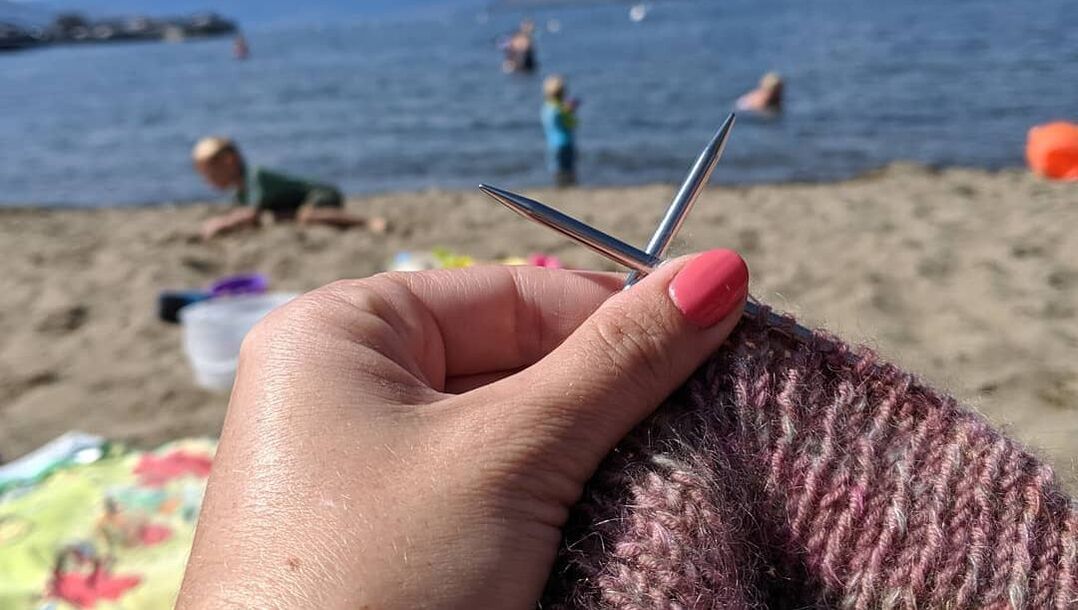
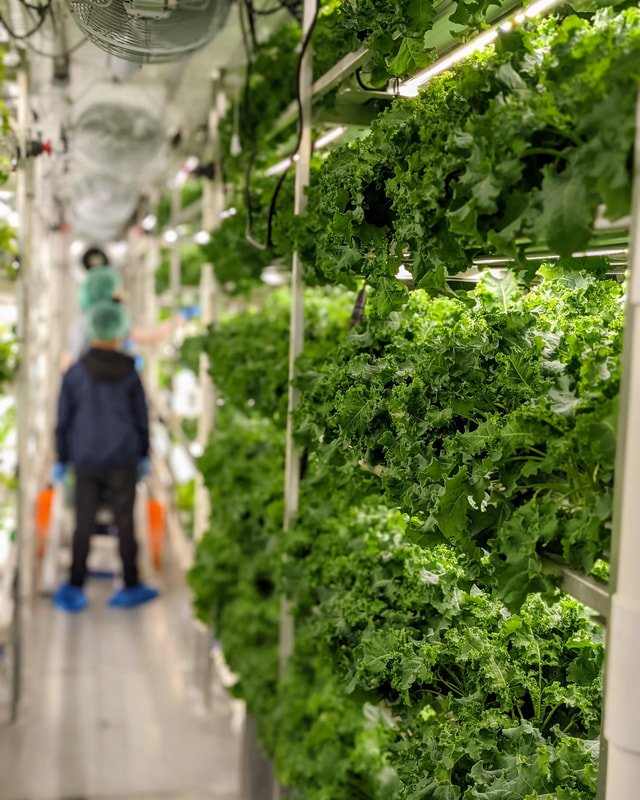
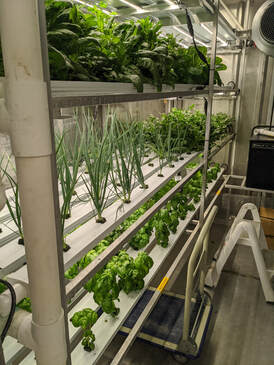
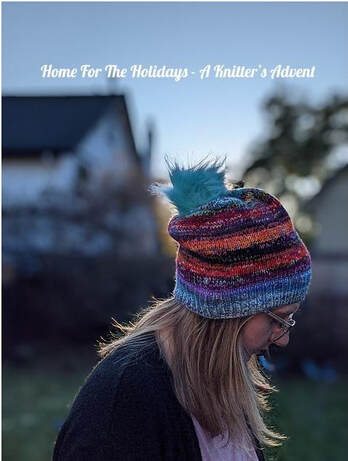
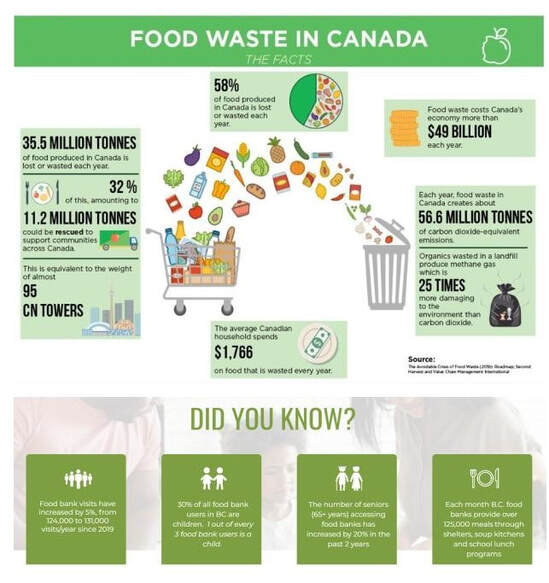
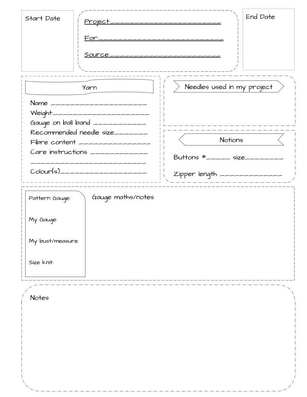
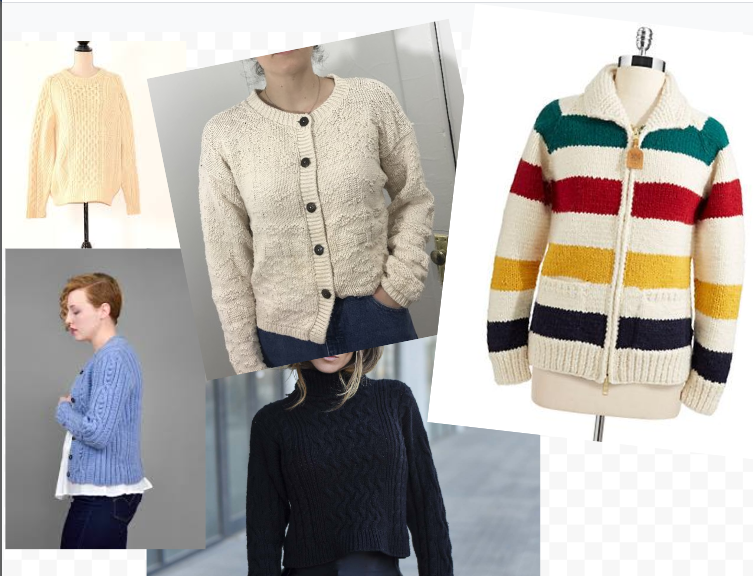
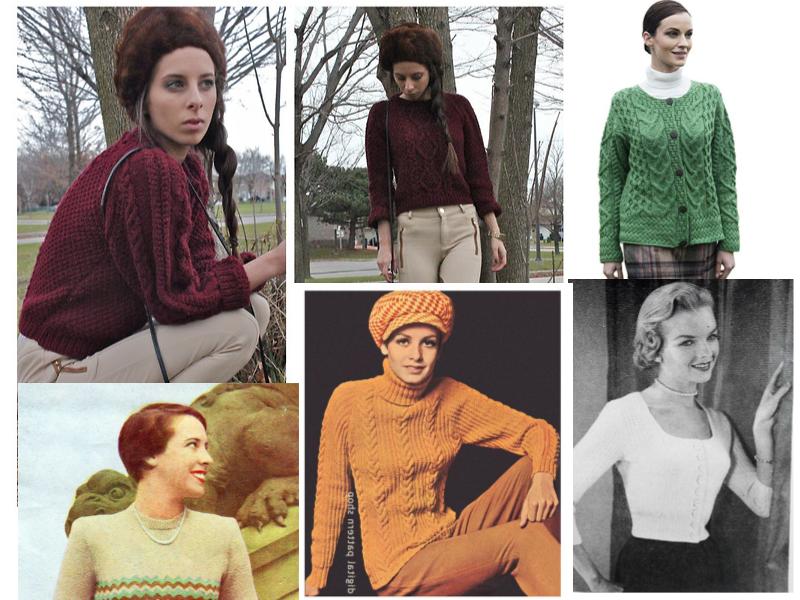
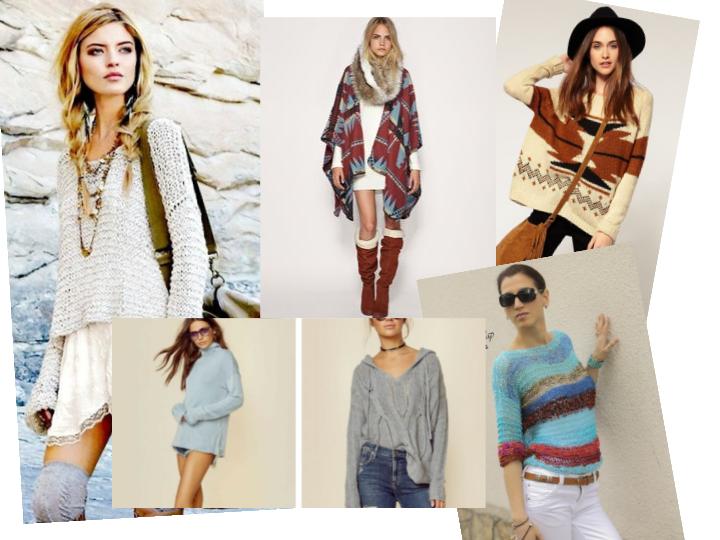
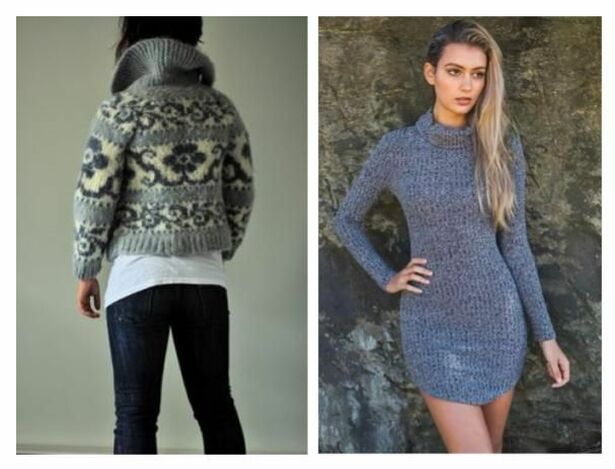
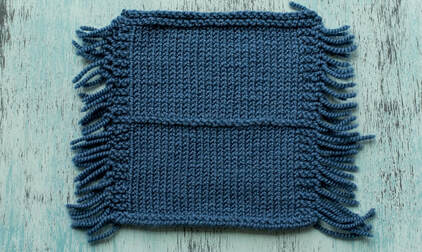
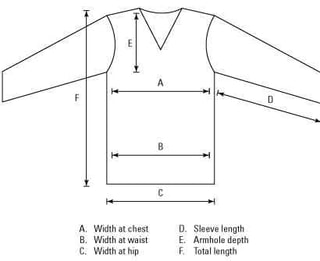
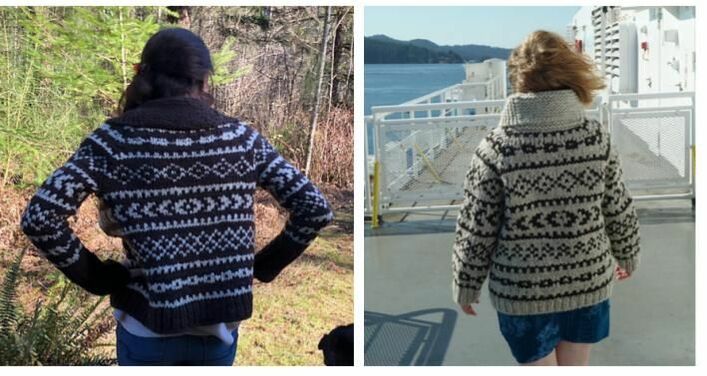
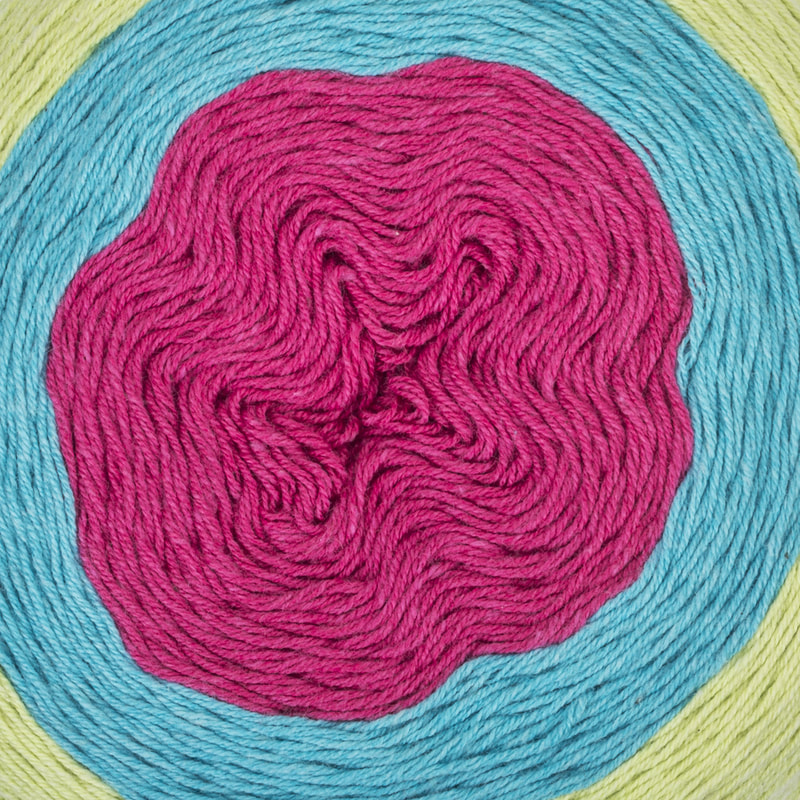
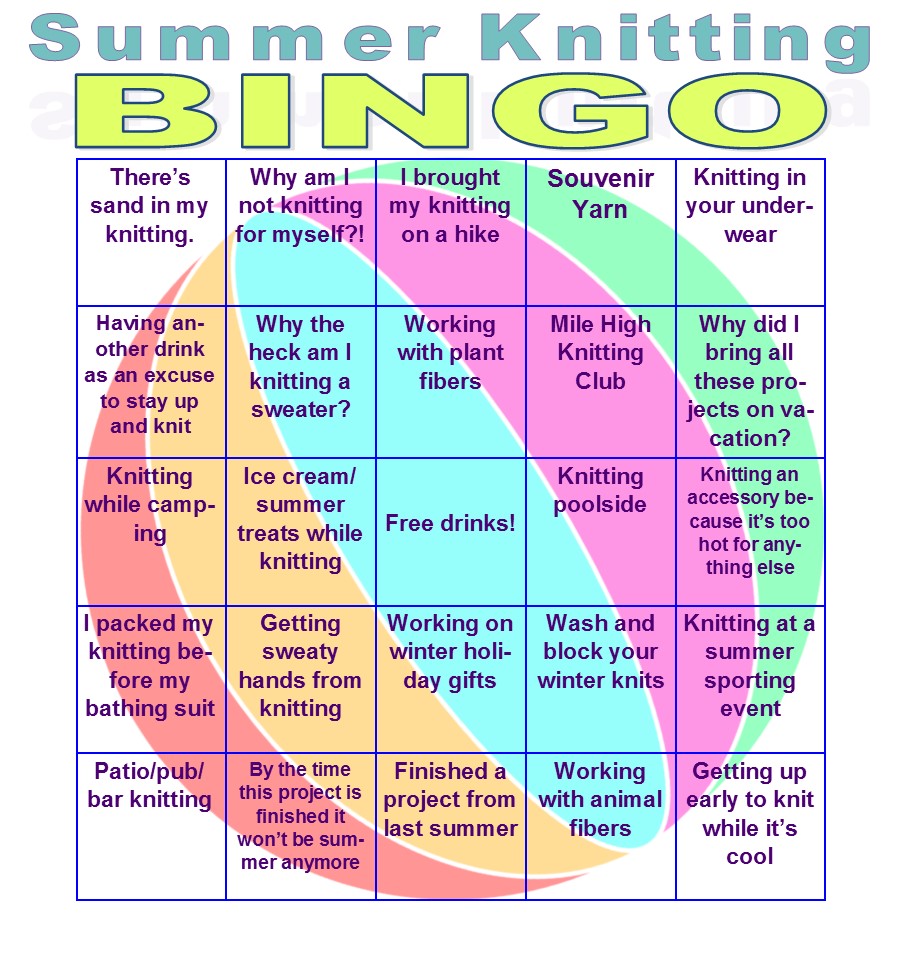
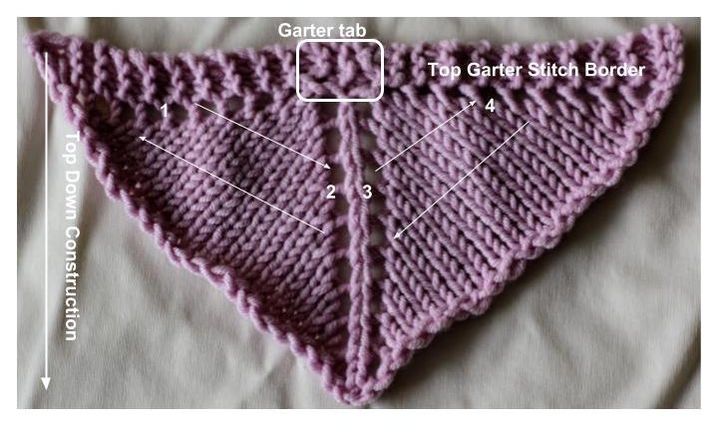
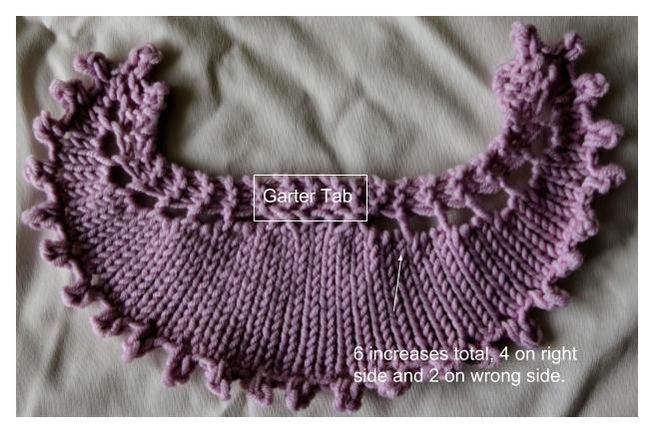
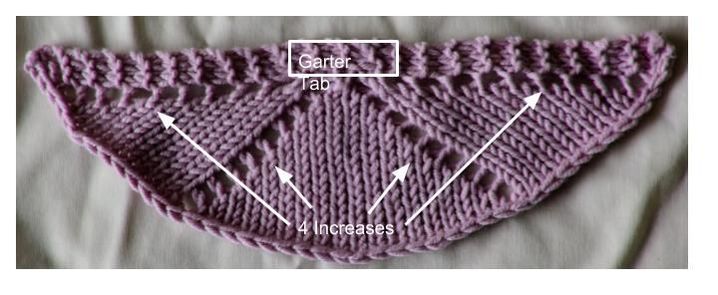
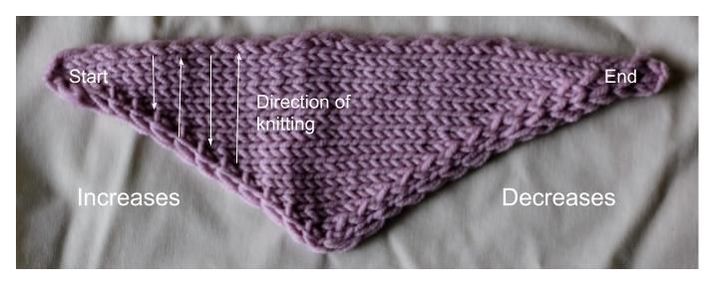

 RSS Feed
RSS Feed
